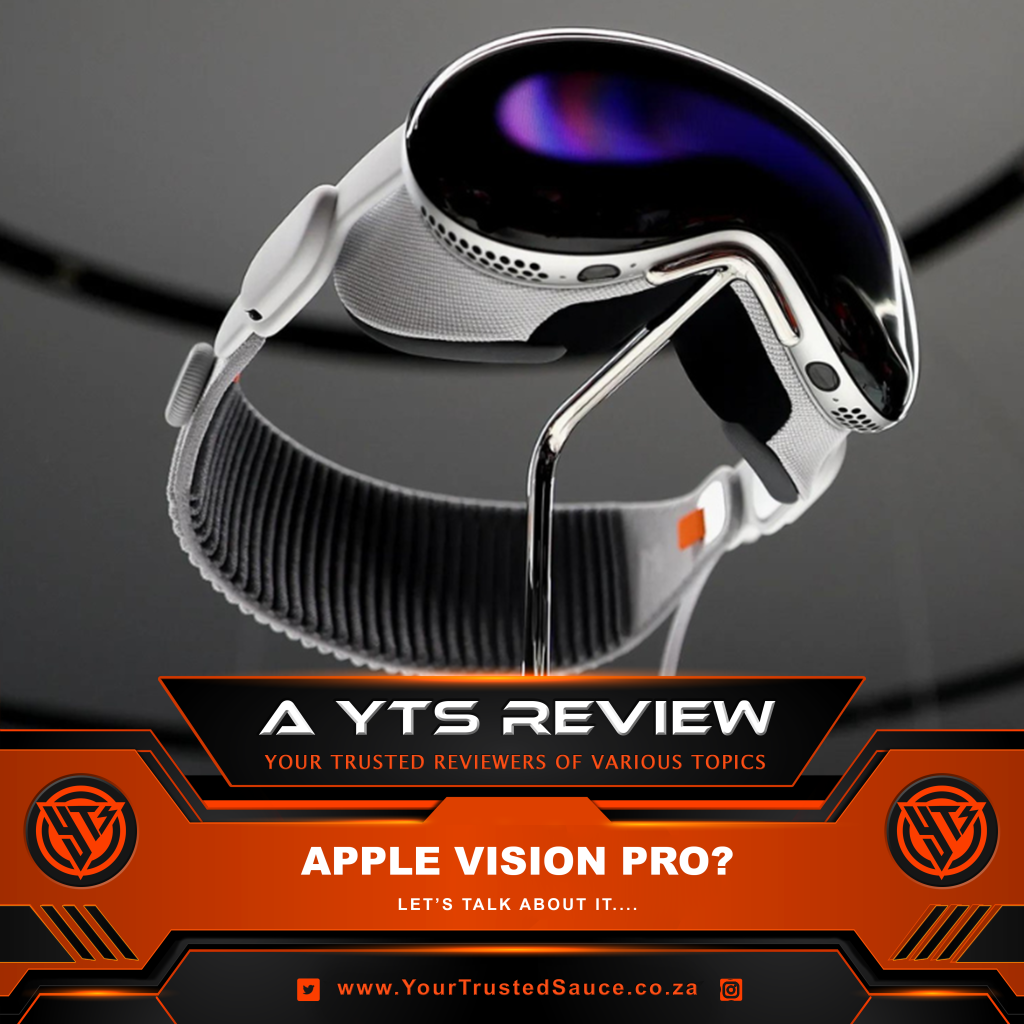From Apple: Vision Pro is Apple’s first 3D camera. You can capture magical spatial photos and spatial videos in 3D, then relive those cherished moments like never before with immersive Spatial Audio. Your existing library of photos and videos looks incredible at remarkable scale. And panoramas wrap around you — making you feel like you’re standing right where you took them.
There is a lot of negatives when it comes to the vision pro, after I did a bit of research that mainly includes how this technology was looked at, before it even started, I found that as much as the Vision pro poses a lot of threats in terms of physical productivity and social growth in real life. The benefits for business, health and accessing information beat all those allegations like the Tate brothers.
Apple Vision Pro” is a product that involves AR or wearable technology, and here are some potential ways it could change the future:
Enhanced Augmented Reality Experiences: AR technology integrated into a wearable device could provide users with immersive and interactive digital experiences overlaid onto the real world. This could revolutionize how we interact with information, entertainment, navigation, and more.
Productivity and Efficiency: A wearable device like the “Apple Vision Pro” could assist users in various tasks, such as providing real-time contextual information, offering step-by-step instructions, and improving efficiency in both professional and personal settings.
Communication and Social Interaction: Augmented reality wearables could transform the way we communicate by overlaying virtual elements onto our interactions. This could range from enhanced video calls to sharing virtual objects and environments during conversations.
Health and Wellness: Wearable devices have the potential to monitor health metrics in real time, offering continuous insights into users’ well-being. This could lead to early detection of health issues and more personalized health recommendations.
Education and Training: AR technology could provide engaging and interactive learning experiences, allowing users to visualize complex concepts and simulate real-world scenarios for educational and training purposes.
Entertainment and Gaming: AR wearables could redefine entertainment experiences by bringing virtual characters and objects into our surroundings. This could lead to innovative gaming experiences and new forms of interactive storytelling.
Fashion and Personalization: AR wearables might enable users to customize their appearance digitally, allowing for virtual fashion accessories, makeup, and even changes in physical appearance in certain contexts.
Navigation and Wayfinding: AR could offer enhanced navigation by providing real-time directional information, highlighting points of interest, and guiding users through unfamiliar environments.
Business and Industry Applications: Industries such as architecture, engineering, manufacturing, and retail could benefit from AR wearables for tasks like visualizing prototypes, remote assistance, and inventory management.
Ethical and Privacy Considerations: The introduction of AR wearables would raise concerns about privacy, data security, and the potential for increased surveillance. Balancing technological advancements with individual rights and ethical considerations would be crucial.
– Safe.


